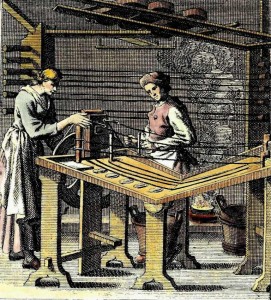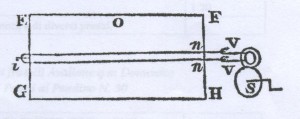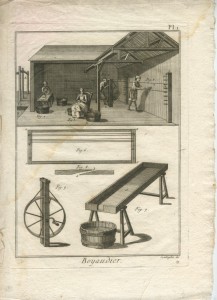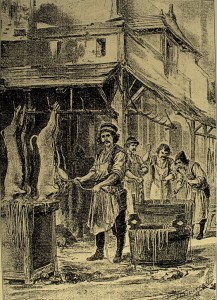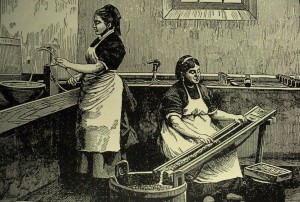IL MANDOLINO A 6 E 4 ORDINI DEL XVIII SECOLO: QUALI CORDE?
di Mimmo Peruffo
Introduzione
Quando si affronta il problema di che tipo di corde utilizzarono i Mandolini a sei e quattro ordini del Settecento la prima cosa che balza agli occhi è la grande eterogeneità che si ritrova in queste montature. L’aspetto che pone maggior difficoltà di comprensione è rappresentato comunque dal fatto di utilizzare, nel Mandolino a 4 ordini napoletano in particolare, un cantino di budello mentre le restanti sono di fili di metallo singolo e metallo intrecciato fino ad arrivare all’utilizzo di corde rivestite su anima di budello o seta per l’ultimo ordine. A completare il quadro, già di per sè eterogeneo, si ha infine anche un mix tra disposizione in unisono e in ottava degli ordini.
Perché si utilizzò un cantino di budello e non una corda di metallo come per gli ordini a seguire e come poi effettivamente accadde nel corso del XIX secolo?
Il quesito è lecito: il carico di rottura medio del budello è infatti di ‘soli’ 34 Kg/mm2, molto più basso rispetto a quello medio del Ferro e dell’Ottone del tempo il quale superava facilmente ì 100 Kg/mm
Clicca qui per leggere l’articolo completo
Documenti storici
|
Christoph Weigel: “Der Saitenmacher”, Regensburg 1698 |
Disegno del telaio del cordaio padovano descritto dal viaggiatore inglese Skippon (2a metà del XVII secolo) |
|
Diderot & Alambert’s “Encyclopedie“, Paris 1750-67 |
fine XIX secolo, manifattura delle corde di budello (per cortesia di Frank Smith,UK) |
|
fine XIX secolo, manifatura delle corde di budello (per cortesia di Frank Smith,UK) |


